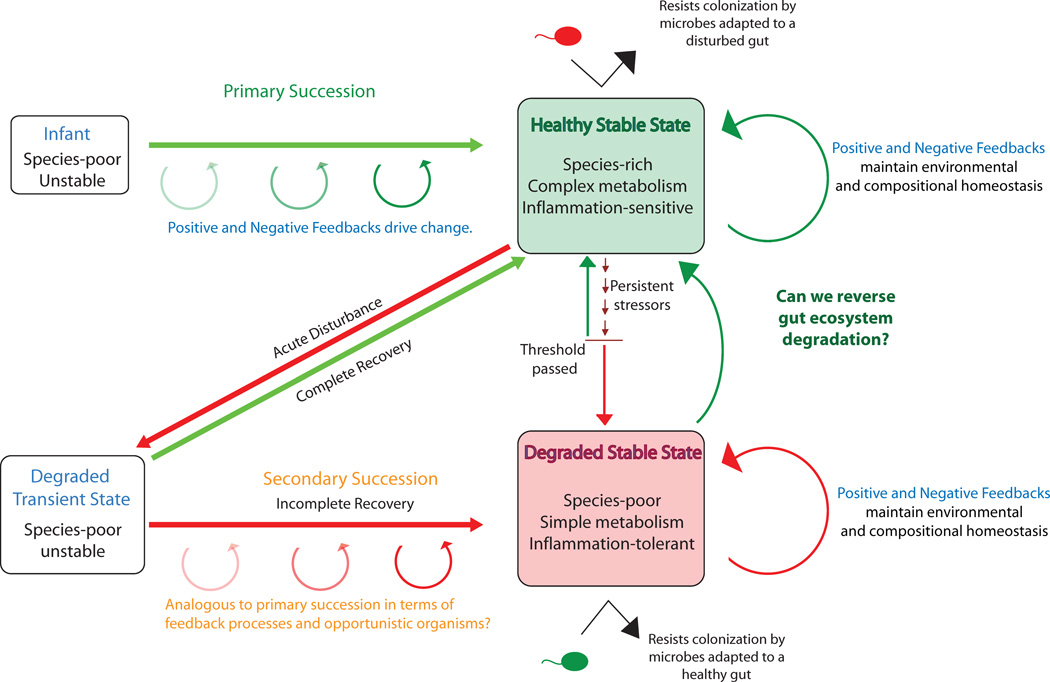Fig. 6. Compositional transitions in the human gut microbiota.
During early development, the gut microbiota undergoes a systematic turnover of species (primary succession) until a stable adult state is reached. Positive and negative feedback loops likely play a role both in driving primary succession and in conferring resilience to healthy stable equilibrium states. Acute disturbances, such as antibiotic administration, generally are followed by an unstable state that progresses to a stable state through a process of secondary succession. In some cases, the stable state that returns highly resembles the pre-disturbance state, indicating a complete recovery, but sometimes the post-recovery stable state is distinct. Post-disturbance stable states may be both degraded and resilient, for instance as suggested the persistence of post-infectious irritable bowel syndrome (i.e. IBS that forms after an initial acute disturbance of the microbiota from an enteropathogen) in some individuals for years and even decades 78. Resilience of degraded states is likely driven by unique positive and negative feedbacks that occur both in concert with and independent of the host. Degradation to a stable state may also occur as a result of persistent stressors, such as poor diet, that slowly degrade resilience of a healthy state until a threshold is passed such that new feedbacks become important in maintaining community composition and stability. Developing therapies that encourage transition from degraded to healthy stable states, or complete recovery to a healthy stable state following disturbance, may involve identifying the species (or species combinations) and processes that are key drivers of these feedbacks. One critical unresolved question is whether interventions are more effective early in succession when communities are more unstable but may be stochastic, or later in succession when convergence to the end point is more certain but the trajectory may be more difficult to change.

